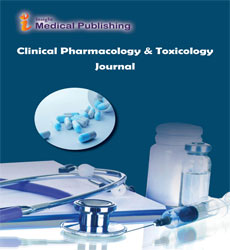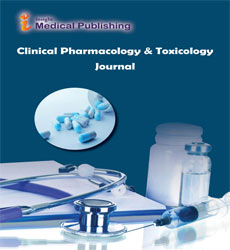Metallacarborane Derivatives Effective Against Pseudomonas Aeruginosa and Yersinia Enterocolitica
Abstract
Pseudomonas aeruginosa is an opportunistic human pathogen that has become a nosocomial health problem worldwide. The pathogen has multiple drug removal and virulence secretion systems, is resistant to many antibiotics, and there is no commercial vaccine against it. Yersinia pestis is a zoonotic pathogen that is on the Select Agents list. The bacterium is the deadliest pathogen known to humans and antibiotic-resistant strains are appearing naturally. There is no commercial vaccine against the pathogen, either. In the current work, novel compounds based on metallacarborane cage were studied on strains of Pseudomonas aeruginosa and a Yersinia pestis substitute, Yersinia enterocolitica. The representative compounds had IC50 values below 10 μM against Y. enterocolitica and values of 20–50 mM against P. aeruginosa. Artificial generation of compound-resistant Y. enterocolitica suggested a common mechanism for drug resistance, the first reported in the literature, and suggested N-linked metallacarboranes as impervious to cellular mechanisms of resistance generation. SEM analysis of the compound-resistant strains showed that the compounds had a predominantly bacteriostatic effect and blocked bacterial cell division in Y. enterocolitica. The compounds could be a starting point towards novel anti-Yersinia drugs and the strategy presented here proposes a mechanism to bypass any future drug resistance in bacteria.

Open Access Journals
- Aquaculture & Veterinary Science
- Chemistry & Chemical Sciences
- Clinical Sciences
- Engineering
- General Science
- Genetics & Molecular Biology
- Health Care & Nursing
- Immunology & Microbiology
- Materials Science
- Mathematics & Physics
- Medical Sciences
- Neurology & Psychiatry
- Oncology & Cancer Science
- Pharmaceutical Sciences
